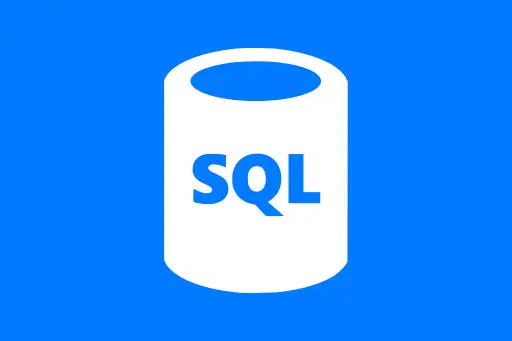Apache Spark Course for Beginners
Welcome to the Apache Spark Course for Absolute Beginners
This course is designed to help absolute beginners understand big data processing using Apache Spark. No prior experience with distributed computing or cluster frameworks is required.
Why Learn Apache Spark?
- Apache Spark is one of the most in-demand big data tools
- Efficiently processes huge datasets across clusters
- Supports Python (PySpark), SQL, and machine learning
- Real-time data processing capabilities
What You Will Learn
- Big Data Basics – Understand what big data is and why traditional systems fail to scale.
- Apache Spark Architecture – Learn how Spark works internally and how it handles distributed data.
- RDDs vs DataFrames – Explore Spark’s core abstractions.
- PySpark Basics – Work with Spark using Python.
- Spark SQL – Query structured data with SQL on Spark.
- DataFrames & Transformations – Clean and analyze large datasets.
- Spark Streaming – Handle real-time data streams.
- Machine Learning with Spark MLlib – Build and evaluate ML models using large datasets.
- Project – Real-world Spark project to consolidate learning.
Tools & Language
- Programming Language: Python (PySpark)
- Environment: Jupyter Notebook / Google Colab / Databricks
- Cluster Setup: Local mode, Databricks Community Edition, or Spark on AWS
Course Modules
Module 1: Introduction to Big Data
- What is Big Data?
- 3Vs of Big Data: Volume, Velocity, Variety
- Limitations of traditional data processing
- Overview of Big Data tools: Hadoop, Spark, Hive
Module 2: Getting Started with Apache Spark
- What is Apache Spark?
- Use cases of Spark in industry
- Installing Spark on local system
- Running your first Spark application
Module 3: Apache Spark Architecture
- Spark ecosystem components: Core, SQL, Streaming, MLlib
- Driver, Executors, and Cluster Manager
- Job, Stage, Task concept
- Understanding DAG and lazy evaluation
Module 4: RDDs - Resilient Distributed Datasets
- What is an RDD?
- Creating RDDs from collections and files
- Transformations vs Actions
- Persistence and caching
- Limitations of RDDs
Module 5: Introduction to DataFrames
- Why DataFrames over RDDs?
- Creating and displaying DataFrames
- Reading CSV, JSON, and Parquet files
- Selecting, filtering, and transforming data
Module 6: PySpark Essentials
- Setting up PySpark in Jupyter
- Basic DataFrame operations
- Working with columns, expressions, and user-defined functions
- Practical examples with real datasets
Module 7: Spark SQL
- Creating temporary views and global views
- Using SQL queries on DataFrames
- Common aggregations and joins
- Optimization using Catalyst
Module 8: Working with Complex Data
- Dealing with nested JSON
- Exploding arrays and structs
- Flattening hierarchical data
- Schema evolution and inference
Module 9: Data Cleaning & Transformations
- Dropping nulls and handling missing values
- Replacing, filtering, and grouping data
- Window functions
- Data aggregation and pivots
Module 10: Spark Streaming (Structured Streaming)
- What is Spark Streaming?
- Micro-batching and continuous data processing
- Reading from Kafka / socket / file stream
- Window operations and aggregations
Module 11: Introduction to Machine Learning with Spark MLlib
- Overview of Spark MLlib
- Feature engineering with VectorAssembler and StringIndexer
- Building ML pipelines
- Classification: Logistic Regression
- Regression: Linear Regression
- Clustering: KMeans
Module 12: Project – Real-World Data Pipeline
- Define a real-world use case (e.g., movie ratings or e-commerce)
- Ingest data from multiple formats
- Apply cleaning and transformations
- Perform analysis using Spark SQL
- Visualize insights using matplotlib/seaborn (optional)













Comments
Loading comments...